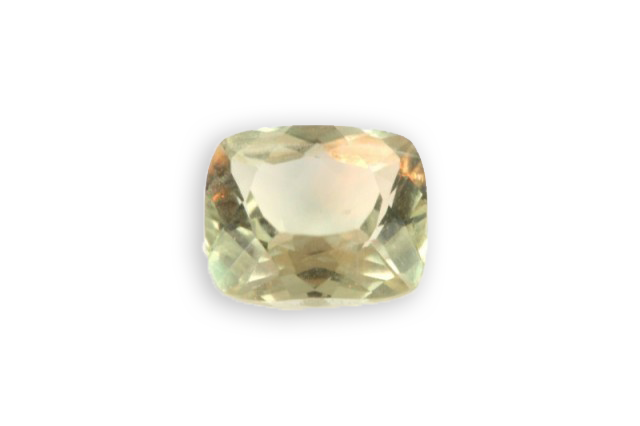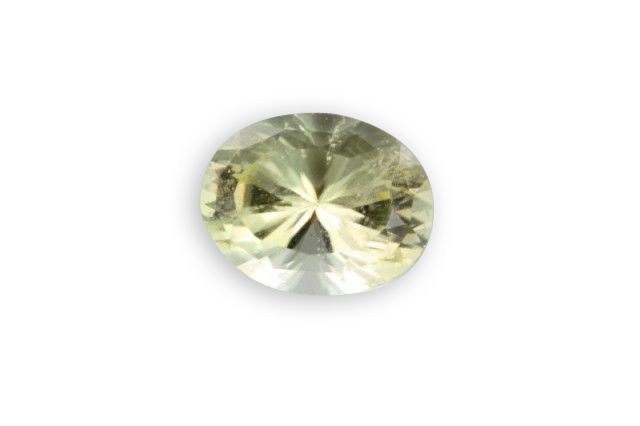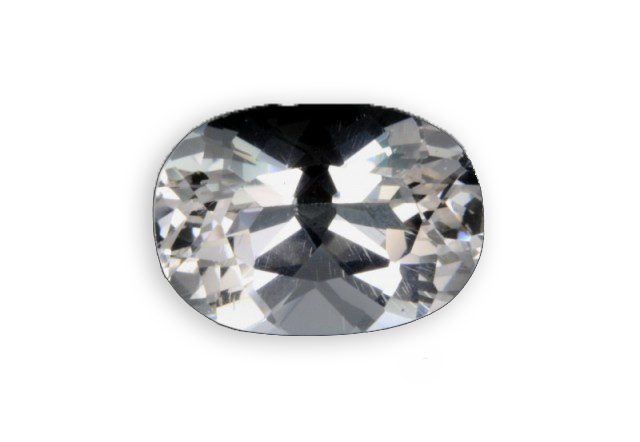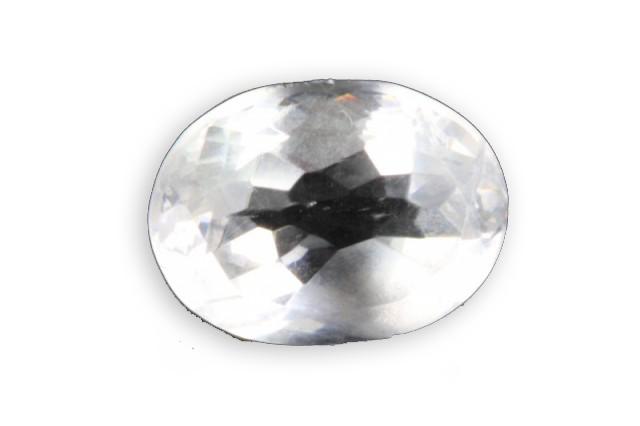
vitreous
Je vous emmène à travers mes vidéos découvrir mon expérience acquise depuis plus de 30 ans a silloner le globe entier à la recherche de pierres précieuses, de rencontre mémorables mais aussi de difficulté parfois …
actualités
Categories

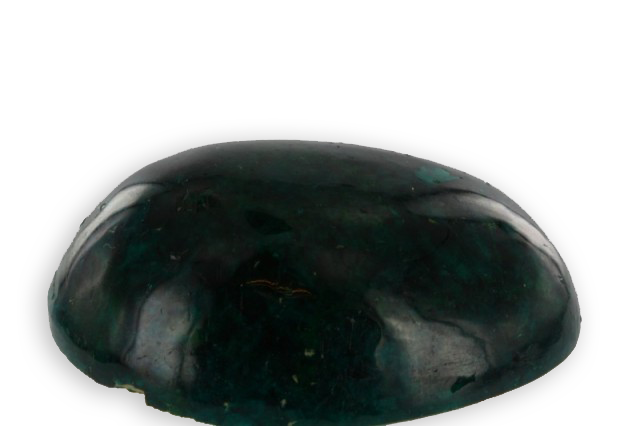
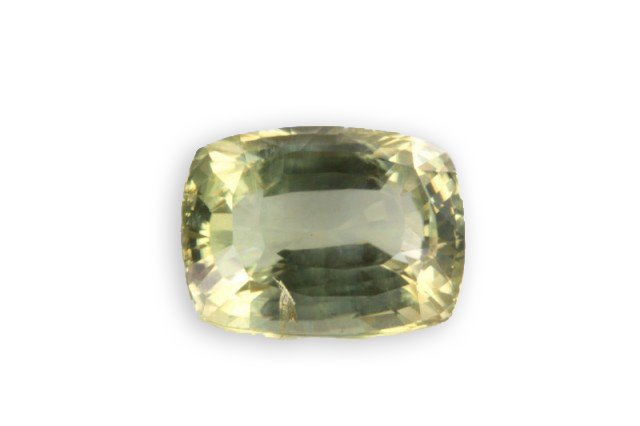
diopside
ck_admin
March 24, 2021
Its name comes from the Greek, “two” and “appearance” because of the double surface appearance of the prism when it is crystallized. Diopside is also “starred”, “shimmering” and the chromite variety, gemstone essentially coming from Russia, is emerald green. A deposit in Piedmont( Italy )
